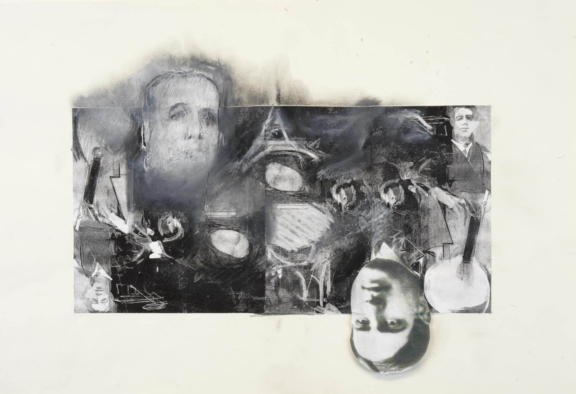
Júlio Pomar
Joaquim Vital, le Lord (Imité de Mário de Sá Carneiro)
Lisbon, Portugal, 1926 – Lisbon, Portugal, 2018
In 1944 he changed to the Fine Arts Academy of Oporto, due to the discrimination to which former students from the António Arroio school were subjected to in Lisbon. There he joined a group of artists – Fernando Lanhas, Júlio Resende, Amândio Silva (1923-2000) – who organized the Independent Exhibitions, which took place in several venues between 1943 and 1950. In 1945 he was responsible for the weekly chronicle “A Arte” in Porto’s daily newspaper A Tarde. His participation in the State-organized IX Aesthetic Holiday Mission, in Évora, results in the painting O Gadanheiro [The Harvester], ex libris of Portuguese neo-realism, exhibited in Lisbon at the National Society of Fine Arts (SNBA). Following this exhibition, Mário Dionísio (1916-1993), the main neo-realist theorist, noted the emergence of “a great painter” and followed Júlio Pomar’s work from then on, publishing criticism, books and collaborating with the artist throughout his life through essays written for joint projects.
Still in the same year, Júlio Pomar joined the youth wing of the Communist Party and took part in the subsequent Juvenile Movement of Democratic Unity (MUD-J). During this period he shared a home with another important neo-realist theorist, Ernesto de Sousa (1921-1988), who over the following years wrote articles about the artist’s paintings and, already in 1960, his first monograph. Pomar was one of the mentors, along with Mário Dionísio, of the General Arts Exhibition at the SNBA, which occurred until 1956 as an alternative to the regime’s official exhibitions and in which he exhibited every year.
In 1947 he was arrested by the New State’s secret police (PIDE), along with the entire MUD-J direction. Nonetheless, some of his most emblematic neo-realist work was still exhibited in the General Arts Exhibition at the National Society of the Fine Arts (SNBA) of that same year, such as Almoço do Trolha [The Bricklayer’s Lunch] (unfinished) and the confiscated Resistência [Resistance]. In 1948 the government ordered the destruction of the 100 m2 mural painting he had executed for the Cinema Batalha in Oporto. He made a living from illustrations, ceramics and decorative work, and continued to collaborate with publications linked to the neo-realist movement. Until 1979, only one of his work entered a public collection in Portugal: Menina com o Galo Morto [Girl with a Dead Cock] from 1948, bought by the Museum of Contemporary Art (Lisbon) in 1953, through the intermediation of its director Diogo de Macedo.
In 1950 he went on his first trip to Madrid and, in 1953, following the so called “Rice Cycle”, an expedition to the rice fields of the Ribatejo organized by Alves Redol (1911-1969) with the intent of being immersed into the harsh reality of farming labor, Pomar’s paintings attained a greater rigor, following more closely realists anti-expressive prescriptions. However, this phase was short-lived, for in 1957, after a trip to Paris, Pomar’s painting style changed, leaving neo-realism behind while recuperating simultaneously Goya’s influence and his experience of the 1950’s in illustration, exploring a quick, free and economical brushstroke. His 1957 work Maria da Fonte shows this newly found and powerfully expressive technique, which remained in his paintings throughout the following years. In 1956 he was one of the founders of the graphic arts cooperative Gravura.
He moved to Paris permanently in 1963, receiving a scholarship from the Calouste Gulbenkian Foundation from 1964 until 1966. The themes Pomar covered in his painting range from literature and popular traditions (from the gulfweed harvests to bullfighting) to the current affairs of his time, such as the May of 1968 protests, maintaining, all along, a dialogue with the great masters of the past (Uccello, Ingres, Courbet, van Eyck, Matisse), intersected with an eroticism that dominates his work in the 70’s. In 1967 he produced several assemblages, based on his prior experiments with sculpture; a technique he re-visited in the 70’s. The characteristics of acrylic paint, which he began to work with toward the end of the 60’s, once again change the direction of his work, now dominated by primary colors applied in block, without transparencies or graduation. He also experimented with collage techniques, commenting on Matisse through his use of cut-up painted canvas pieces as well as other materials, such as hair and paper. In 1974 he was one of the 48 artists who participated in the painting of the 10th of July mural, a collective art manifestation in celebration of the April revolution of that year.
His recognition and significance never ceased to grow in the following years, participating in all representations of Portuguese art abroad. Besides the illustration of books and a continuous dialogue with writers and texts in his paintings, he was also the author of several sets for theater, tapestries, decorative projects for architecture and texts, from criticism to poetry, with Discours sur la Cecité du Peintre (1985) and Et la Peinture? (2000) deserving particular emphasis. From 1983 onwards he lives between Paris and Lisbon. In that year he undertook the project for the azulejos design of the metro station Alto do Moinhos (Lisbon).
His voyages always influenced his themes and palette, and the two months he spent among the people of the Amazon’s Alto Xingú in 1988 inspired the painter during several years, with intermittent returns to a thematic that was simultaneously a re-encounter with Gauguin. In 1990 he was chosen by the then President of Portugal, Mário Soares, to produce the official portrait of the head of state, in which he broke with the hieratic formalism of official portraiture with a painting in which the quick and free brushstrokes depict his friend gesticulating, carefree and active.
His long career counts innumerous exhibitions in Portugal and abroad, as well as several distinctions, among them from the International Association of Art Critics (AICA-SEC, 1994), the CELPA/Vieira da Silva award (2000) and the Amadeo de Souza-Cardoso award (2003). He refused an honorary distinction from President Ramalho Eanes and received a decoration from President Mário Soares (but he did not collect it personally), the Order of Liberty from President Jorge Sampaio, as well as the honorary distinction “Des Arts et des Lettres” from the French government. He has been object of several anthological exhibitions; among the most recent should be mentioned the exhibit Autobiography at the Berardo Museum, Sintra, in 2004, and the exhibit Chain of Connection, at the Serralves Museum, Oporto, in 2008, which confronted works from different phases of Pomar’s career.
Mariana Pinto dos Santos
May 2010

Joaquim Vital, le Lord (Imité de Mário de Sá Carneiro)
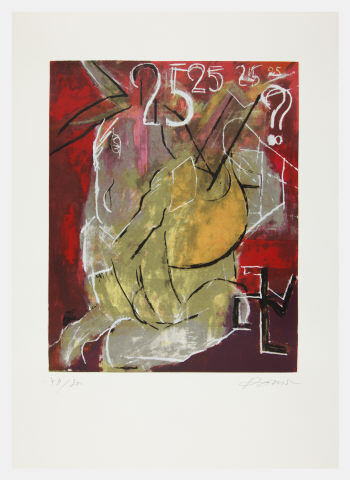
40 Anos de 25 de Abril
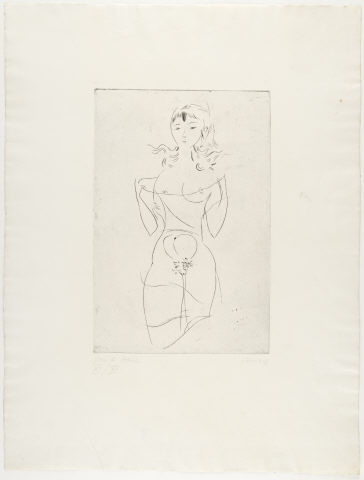
Nu
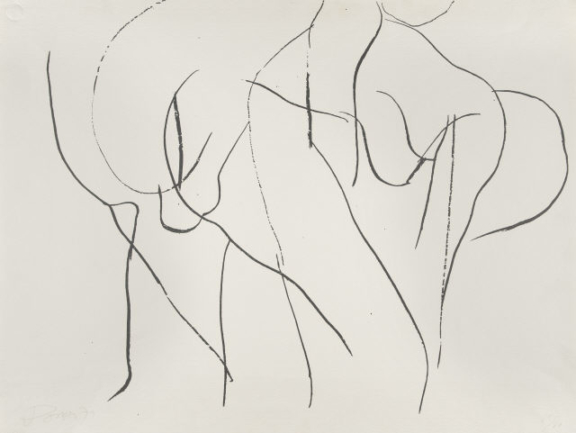
Corpo Verde
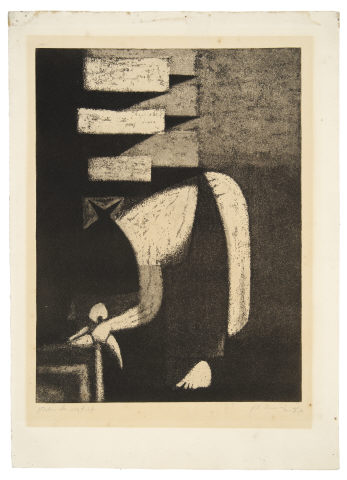
Peixeira
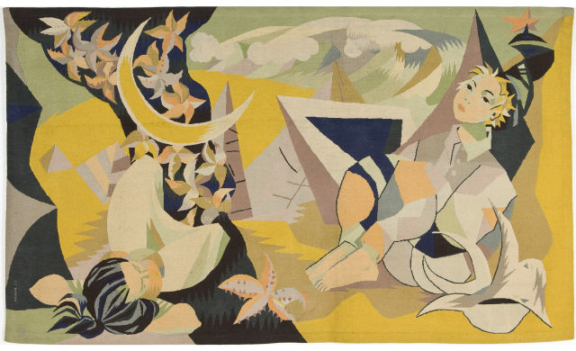
Praia

Fernando Pessoa e Almada Negreiros
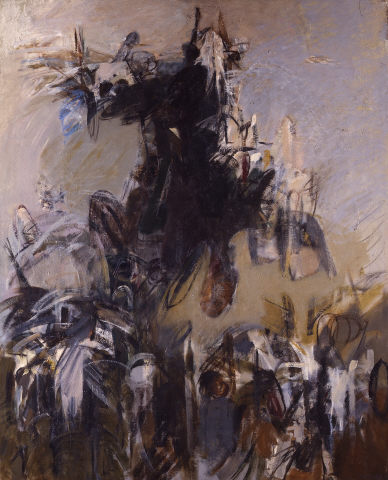
D. Quixote e os Carneiros
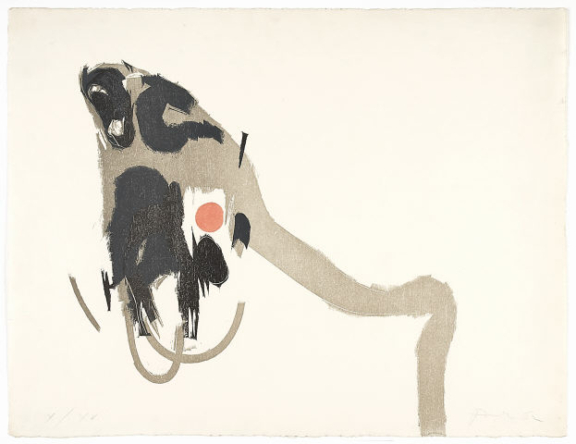
Mono Sábio
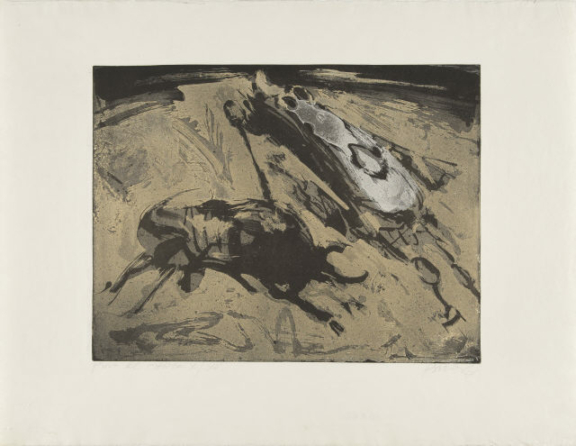
Corrida

S/Título
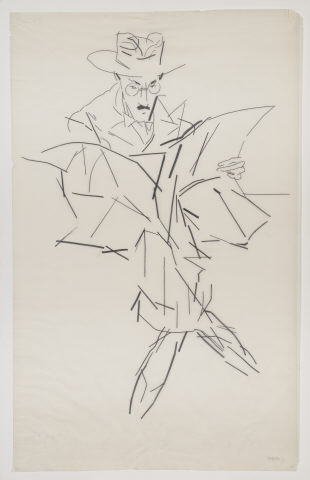
Fernando 3
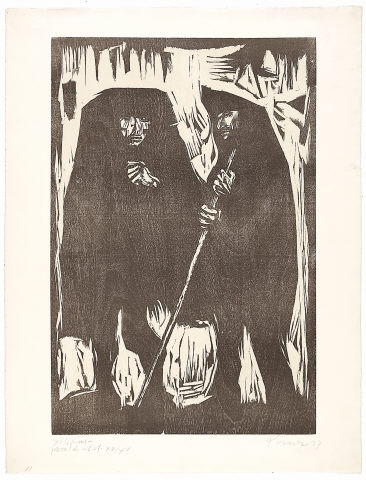
Os pastores (Astúrias)
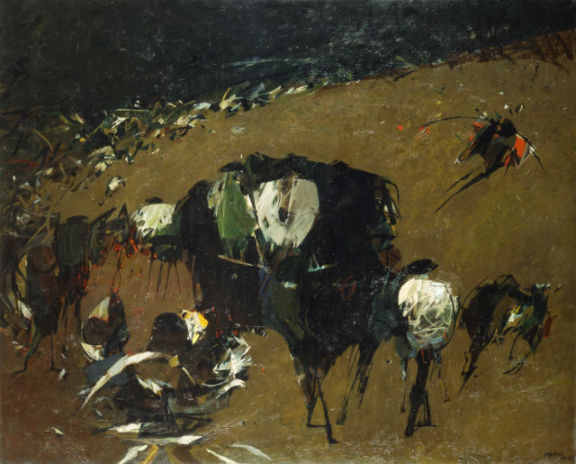
Cena na Praia

Briança – Festa do Espírito Santo (com retrato de Dacosta)

Livro dos Quatro Corvos
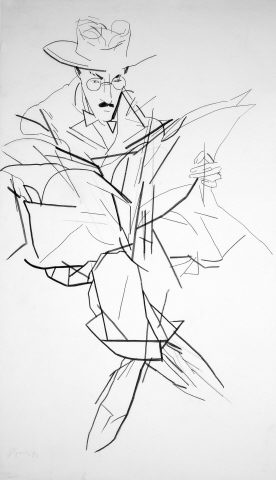
Fernando Pessoa
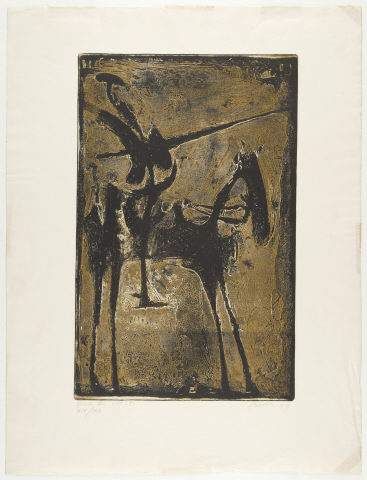
D. Quixote I

Entrada de Toiros em Vila Franca de Xira (I)

Fernando Pessoa
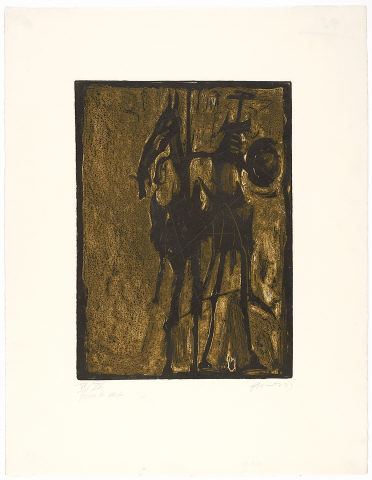
D. Quixote II
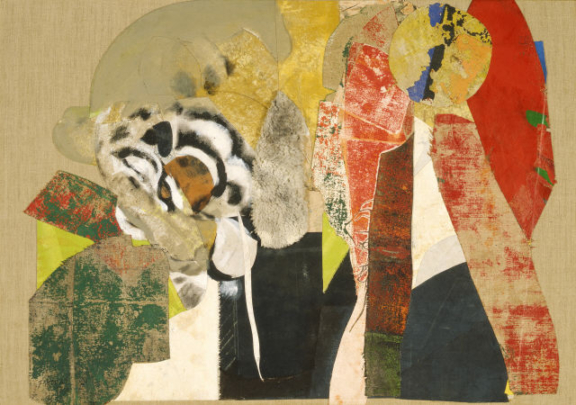
Le Luxe
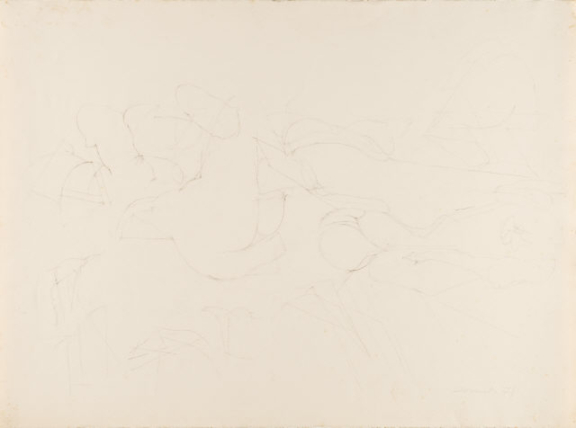
s/título
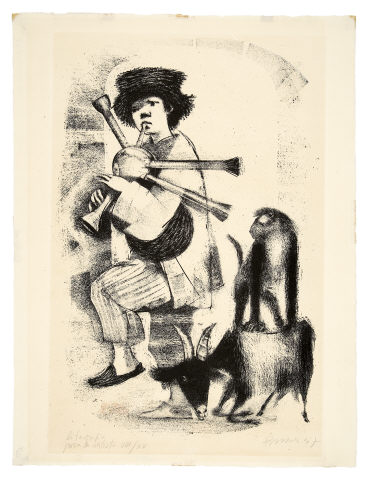
Saltimbanco
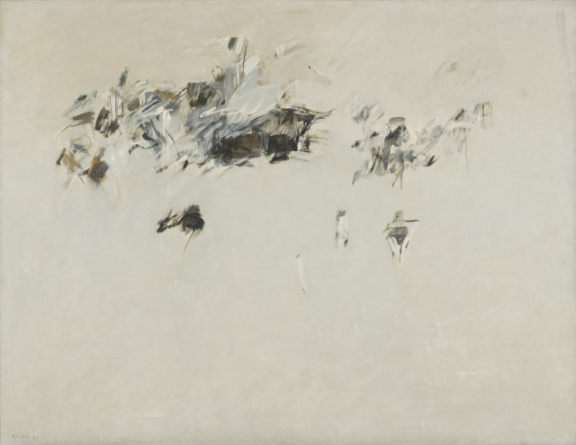
Entrada de Touros

Retrato da mulher de António Dacosta
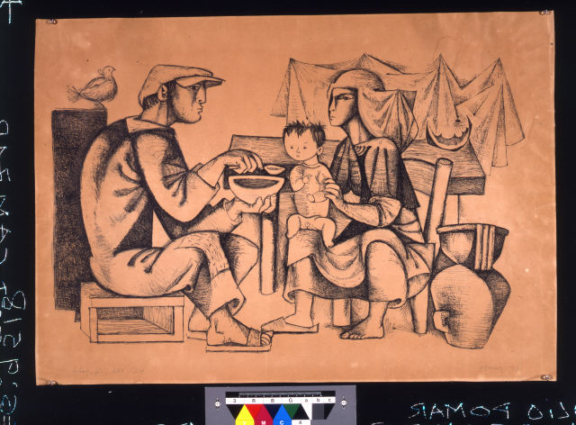
A refeição do menino ou almoço
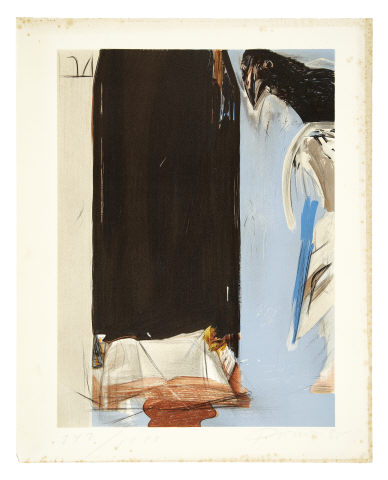
Livro dos Quatro Corvos
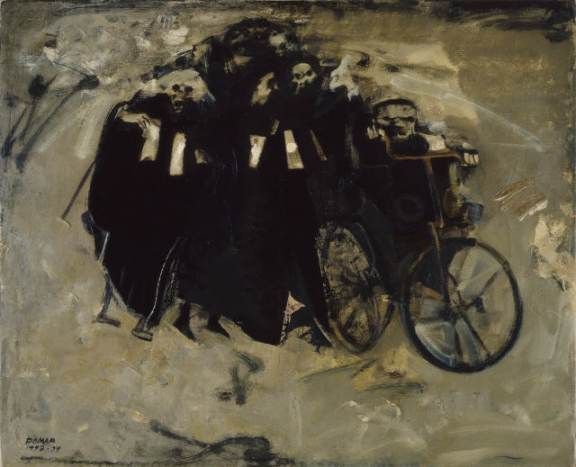
Cegos de Madrid [The Blind of Madrid]
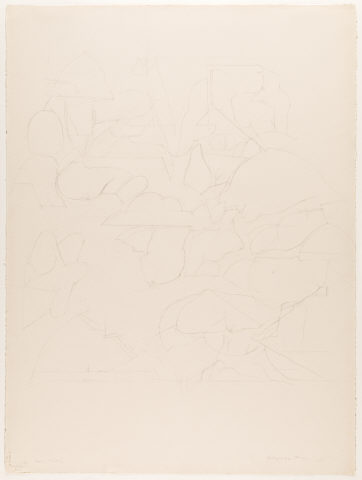
Le Bain Turc

Camaroeira
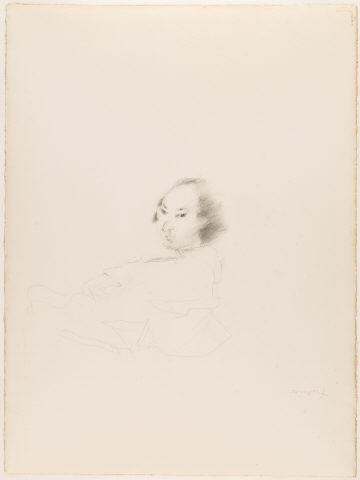
Retrato de Alberto Lacerda (?)

Entrada de touros
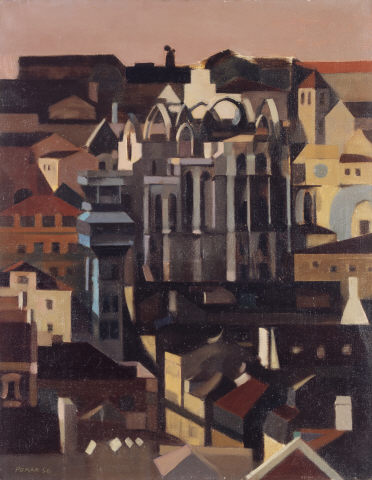
Ruínas do Carmo
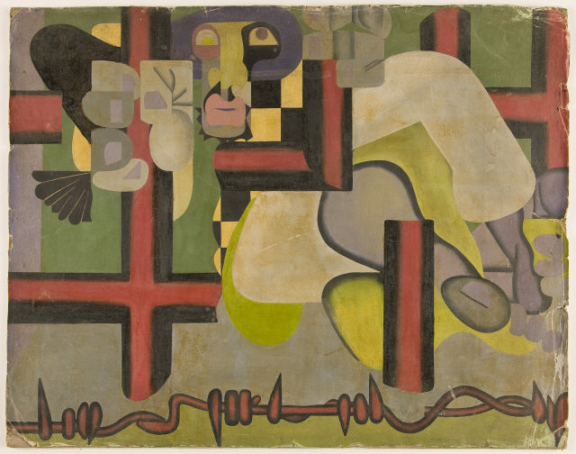
s/título
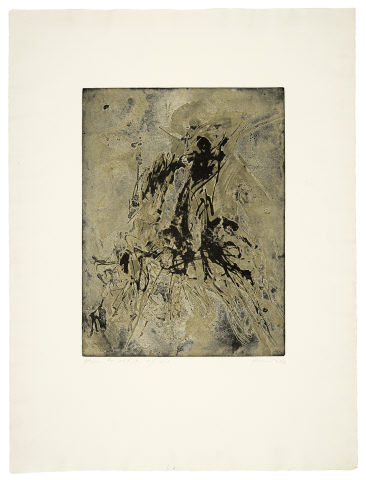
Campino (I)
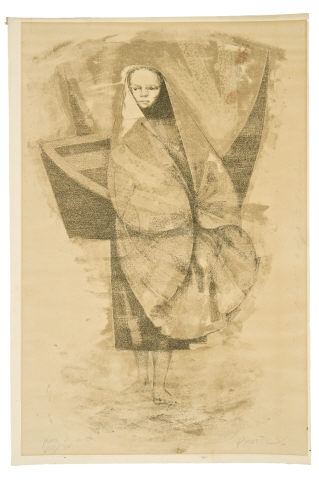
Mulher do Mar

Les Arnolfini, à mi-corps, d’aprés Van Eyck

Mulher do Mar
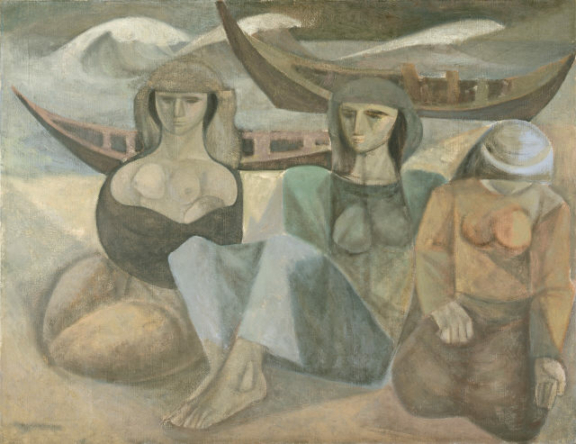
Mulheres na Praia [Women at the Beach]
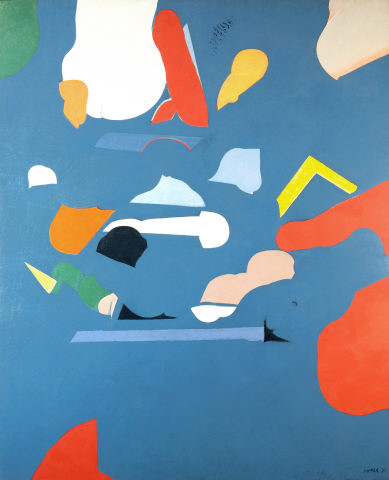
Le Bain Turc, d’aprés Ingres
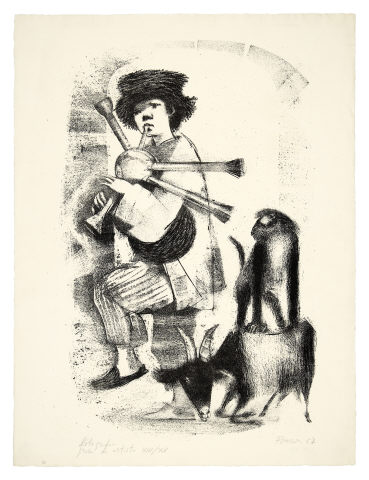
Saltimbanco

sem título
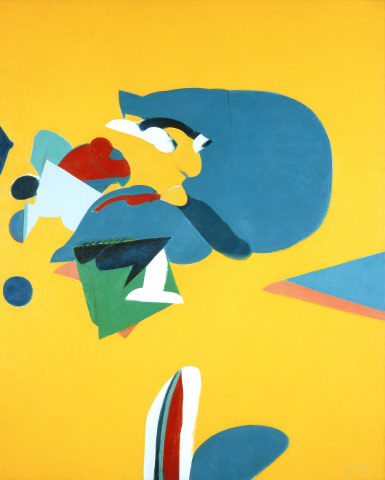
Almada I
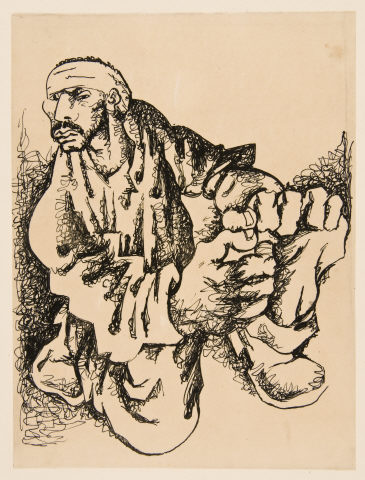
s/título
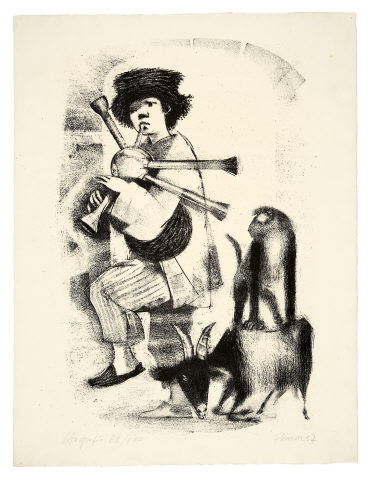
Saltimbanco
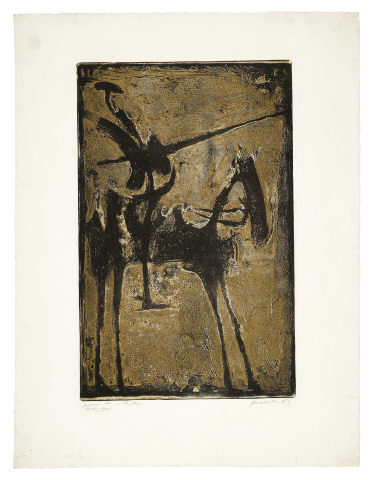
D. Quixote
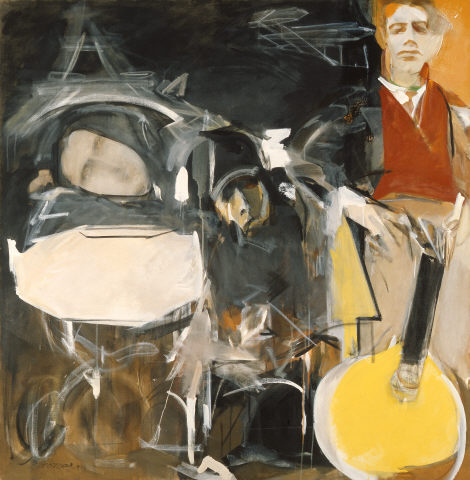
Lusitânia no Bairro Latino (Retratos de Mário de Sá Carneiro, Santa-Rita Pintor e Amadeo de Souza Cardoso) [Lusitania in the Latin Quarter (Portraits of Mário de Sá Carneiro, Santa-Rita Pintor and Amadeo de Souza Cardoso)]
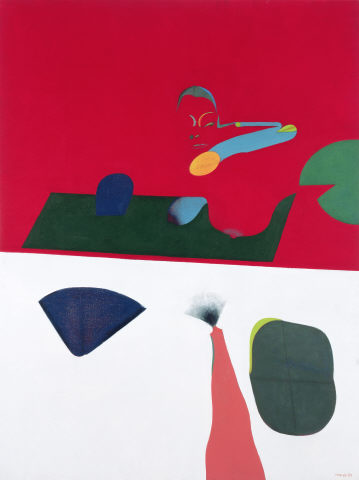
Manuela, Vermelho, Branco, Verde
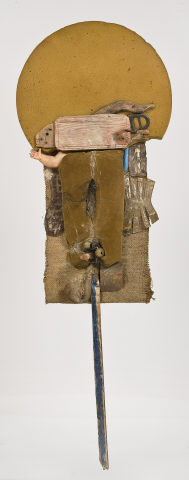
L’ Enseigne aux Grelots
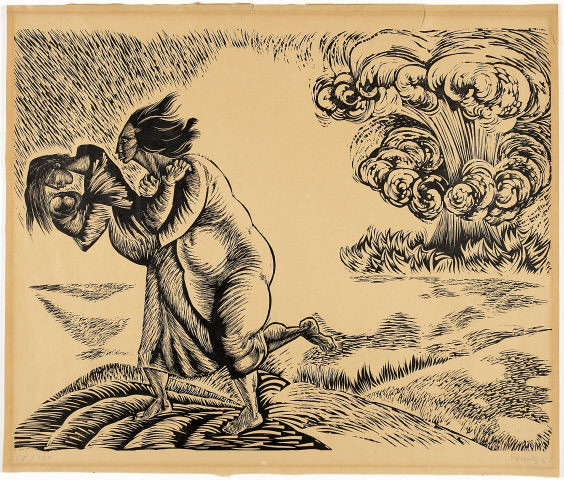
sem título
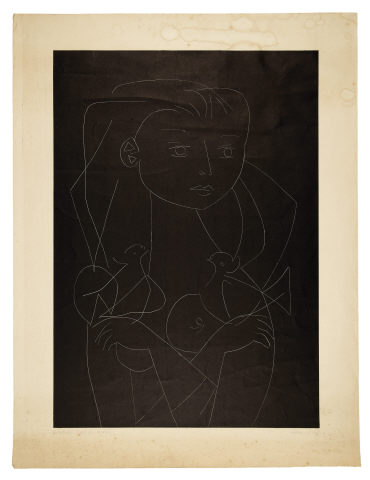
sem título
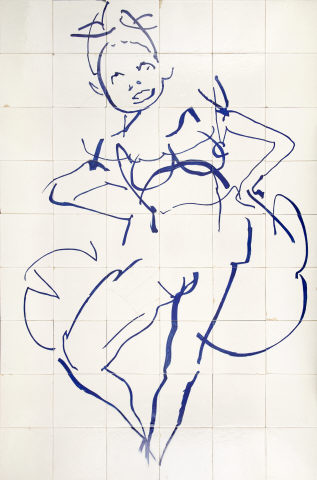
untitled
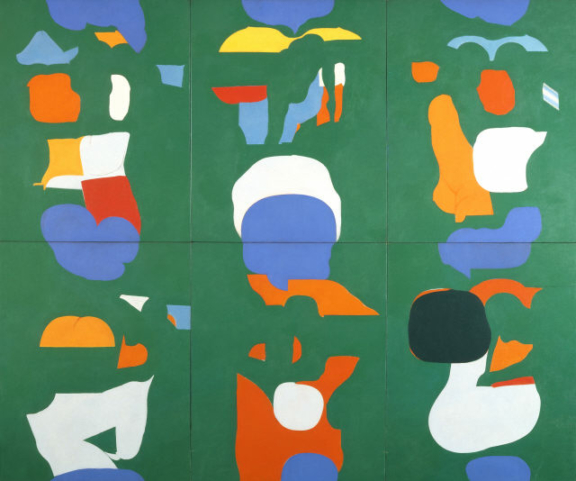
Table des Jeux
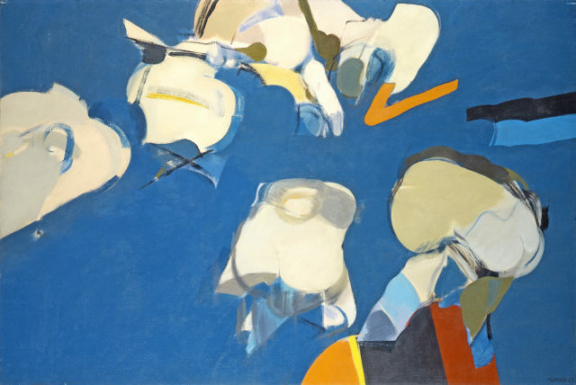
Mêlée
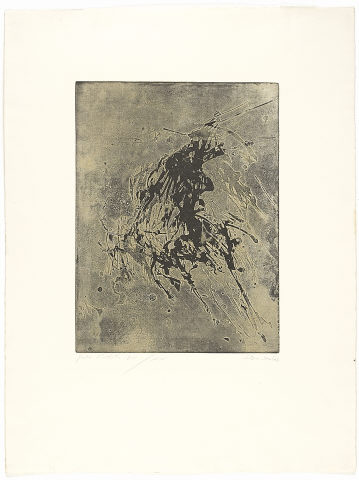
Cavaleiro
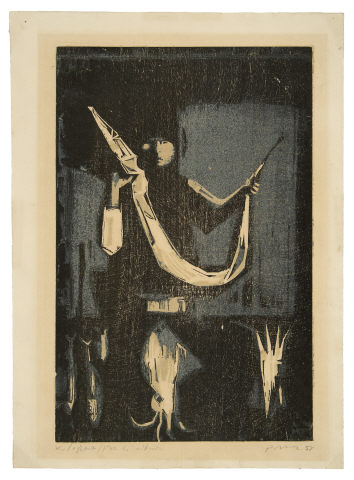
Pescador [Fisherman]
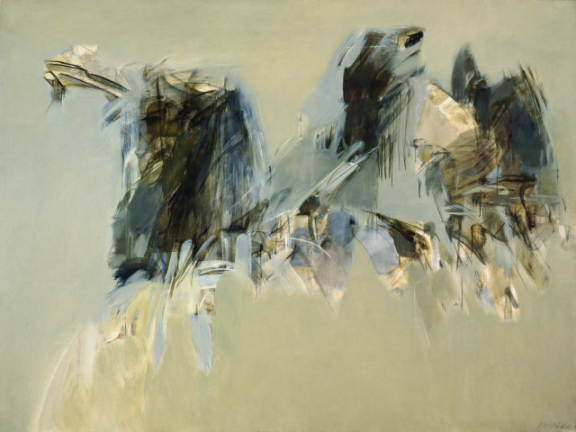
Campinos
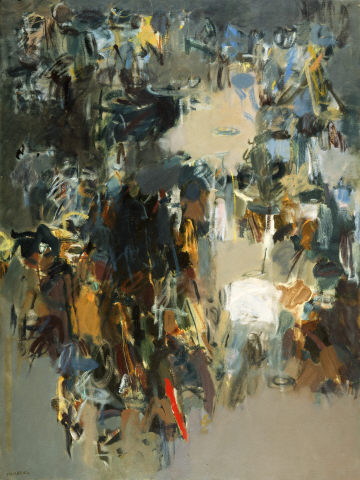
Entrada de Touros

S/ Título
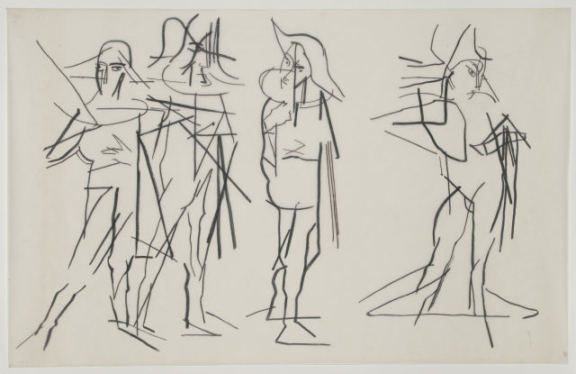
4 Arlequins
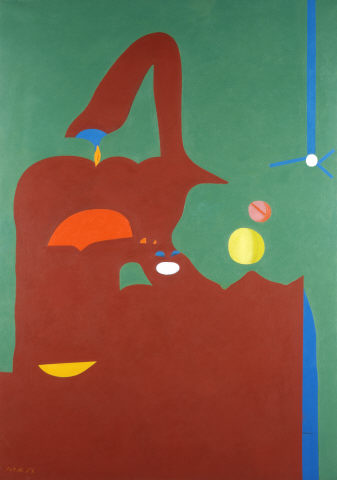
Annie

L’odalisque à l’esclave II, d’après Ingres